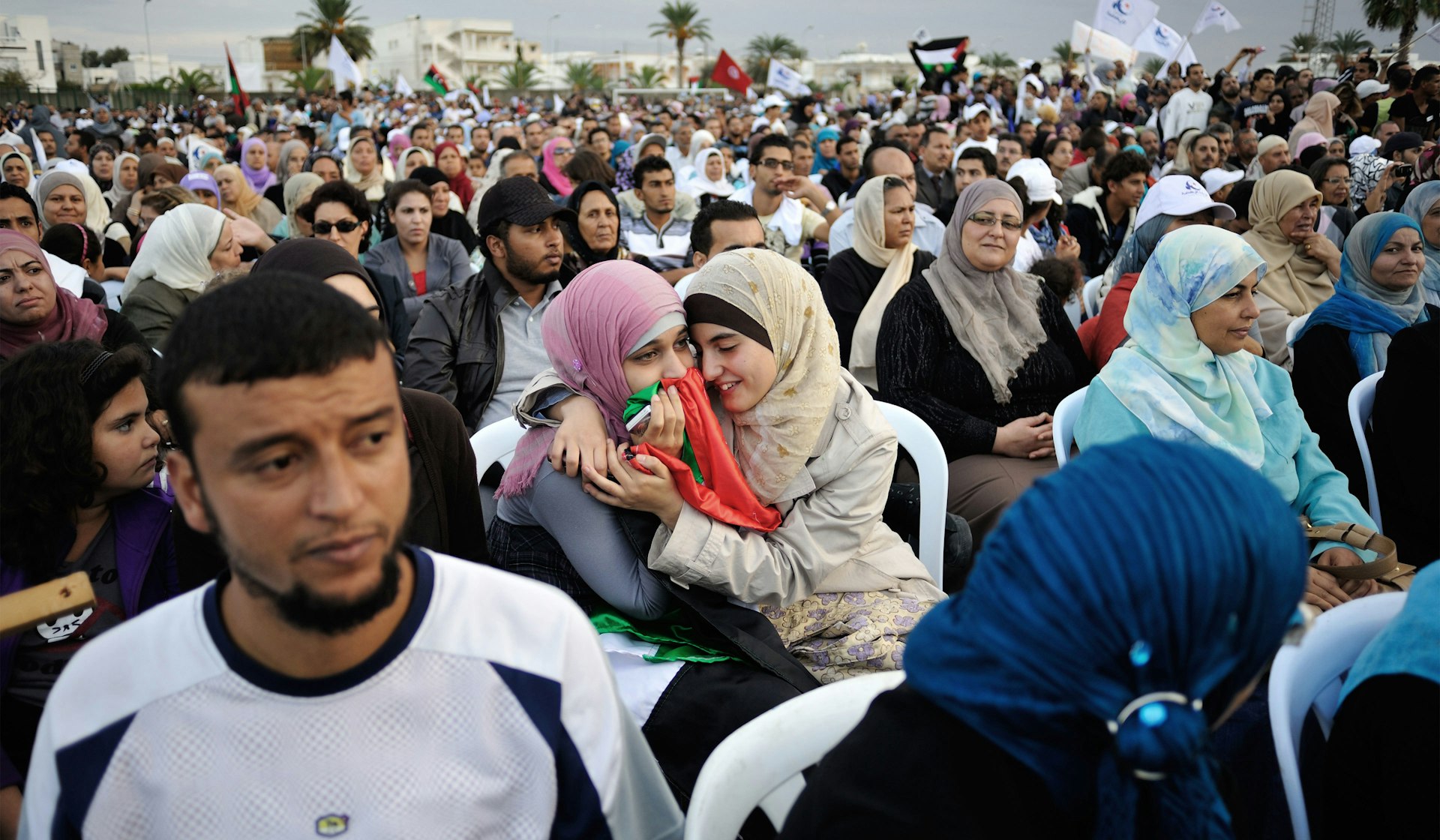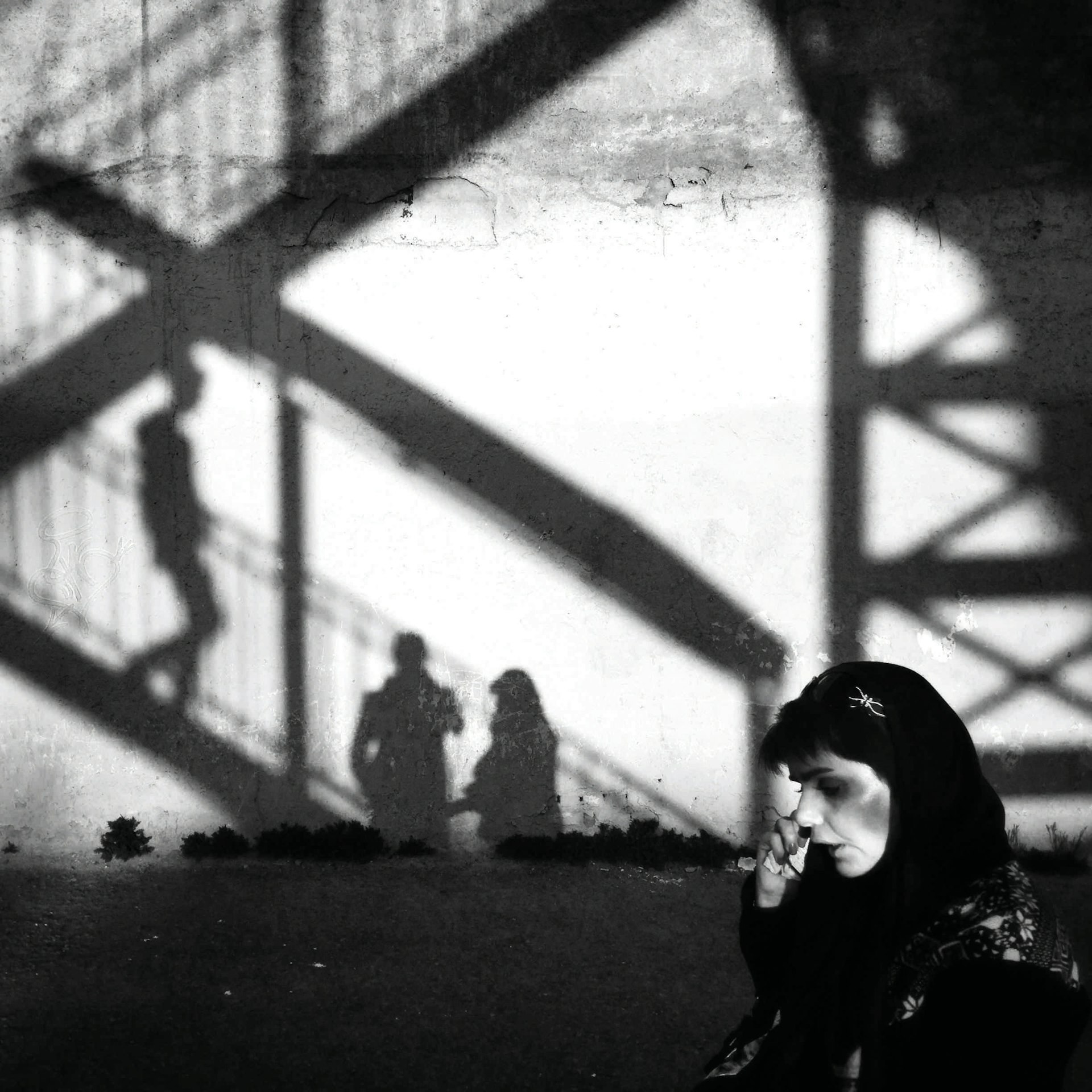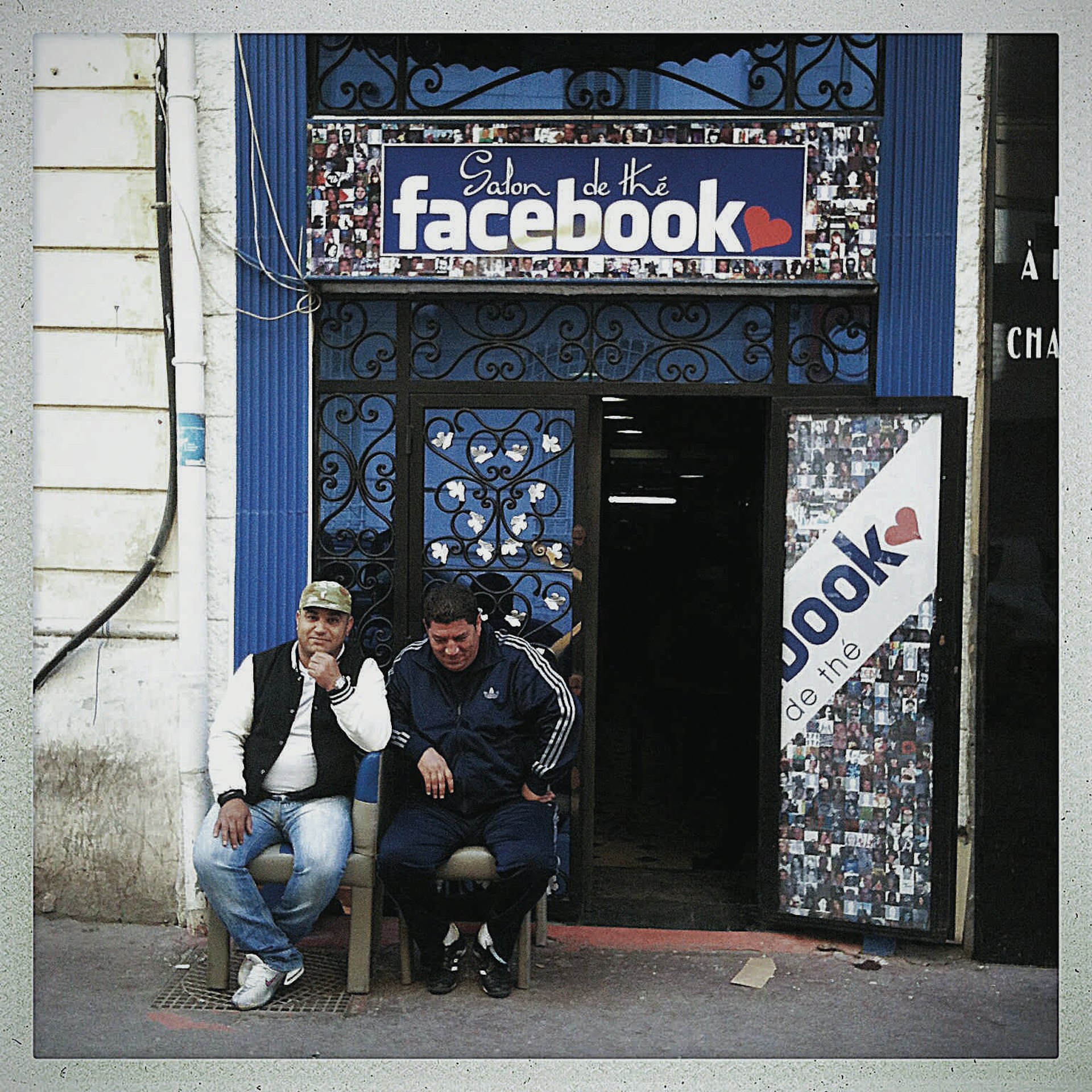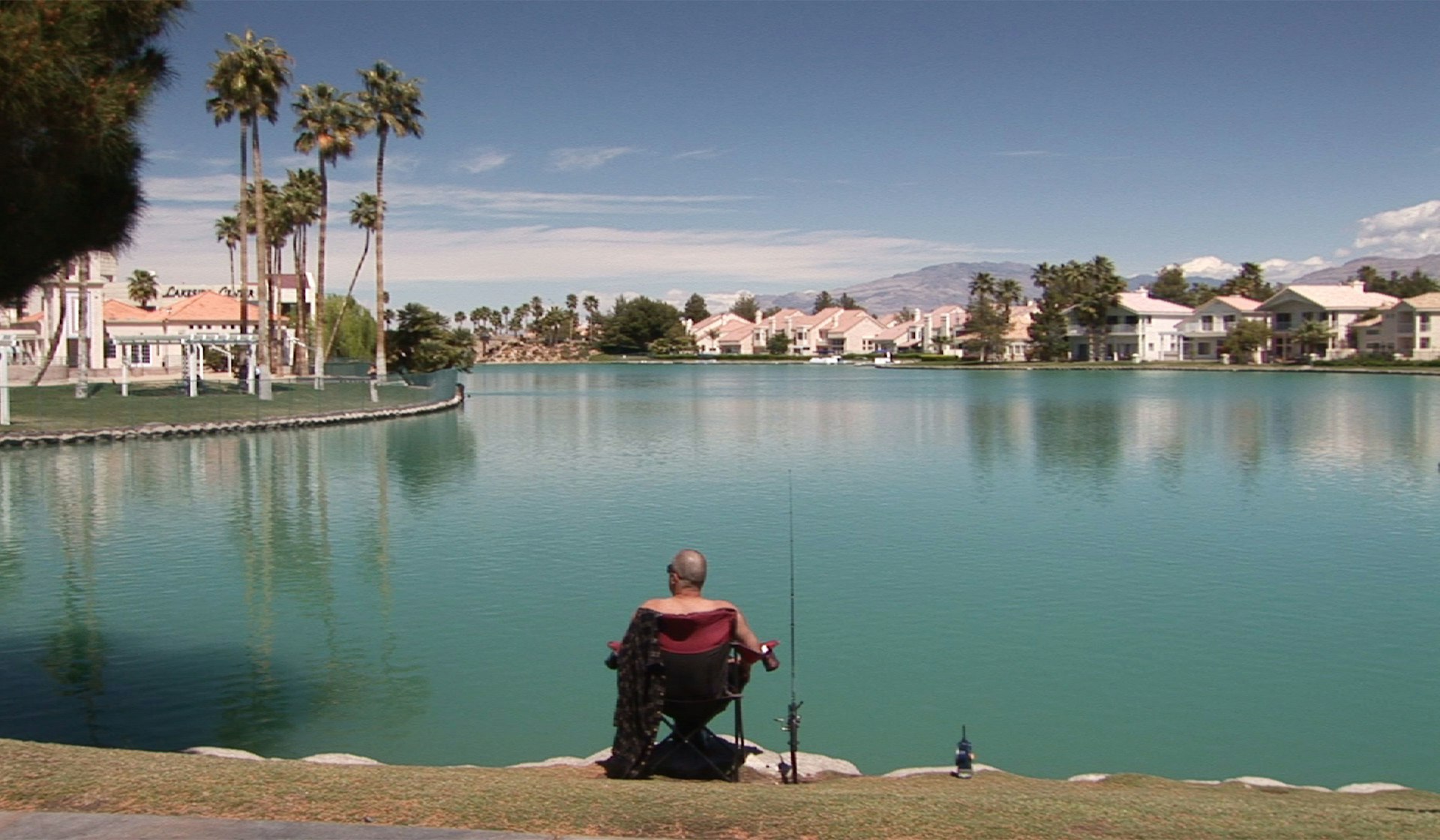
A quieter picture of Middle Eastern life is taking shape on Instagram
- Text by Lindsay Mackenzie
- Photography by Lindsay Mackenzie (unless credited otherwise)
In January 2011, inspired by a young street vendor’s self- immolation, ordinary Tunisians walked onto the streets into a wall of tear gas and riot police to demand change. Zine El Abidine Ben Ali, their dictator of twenty-three years, fled the country.
It’s a familiar story. Reporting on the Arab Spring usually includes a nod to Tunisia as the ‘birthplace’ of the uprisings that spread across North Africa and the Middle East. But then it moves on.
I stayed. To me, it seemed important to document more than just the beginning. What happens next? It’s one thing to force a dictator to flee, but another to replace a dictatorial system with something else. Something else that works.
Someone had to take charge, but not take over. Elections, campaigns, political parties, a new constitution – the basic infrastructure of society had to emerge. A new national identity had to be defined; would it strike a balance between secular and religious beliefs? The root causes of the revolution – joblessness and stagnation, hopelessness and frustration – had to be addressed.

A woman talks on her phone as she walks up a street in west Tehran, @HanifShoaei.
Over the next two years I was based in Tunisia, it came to feel like home. But I hardly recognised the place when I looked at western mainstream media. The only photographs I sold to western media organisations were of women wearing niqabs, and protesting men with beards and black flags.
“MUSLIM RAGE”. That was the title of a Newsweek cover story in September 2012. The cover photo, predictably, focused on angry bearded men shouting at a protest.
But what about the everyday moments? Where were the photos of girls embracing during the election campaign, or women recording rap albums? Where were the photos of families going to the beach, or young men goofing around? Those scenes went unpublished.
And so it went.
On October 23, 2011, Tunisia organised its first truly free elections since independence in 1956. I watched the press corps arrive en masse to cover the story. But on October 20, three days before the elections, they all left. Libyan leader Muammar Gaddafi had been pulled out of a culvert and killed in Sirte, on camera, by a group of rebel fighters who then displayed his bullet-ridden body in a giant freezer in Misrata.
Cue the media circus.
On the night of the Tunisian elections I ran into a friend and asked him if he voted. He proudly showed me his ink- stained finger and told me that the polling station where he was assigned to vote was his old high school. The classroom where he cast his ballot, he said, was where he once took a class about democracy during the dictatorship. “Today was the first day I could use what we learned in that class,” he told me, holding back tears.
But stories like these – the quiet dignity that marked Tunisia’s successful elections, the overwhelming voter turnout that put ‘modern’ democracies to shame – were overshadowed by grainy cellphone videos of the grisly mob death of the senile dictator next door. That was our only image of the Arab world that week.

Patrons sit outside the Facebook Cafe in downtown Tunis, @lindsay_mackenzie.
As Tunisia tried to find its way, there was always something more tragic, more gruesome, more sensational. Tunisia’s transition hasn’t been problem free. Far from it. But it hasn’t descended into chaos. And so, for the most part, it hasn’t been covered. We only see the photos of women wearing niqabs and shouting bearded men.
It’s not that I believe that we shouldn’t cover those things. But that we shouldn’t cover those things exclusively. Repeatedly. And without context.
I couldn’t publish everyday images from Tunisia in the mainstream media, so I started posting them on Instagram. Inspired by Everyday Africa, another Instagram project founded by photojournalist Peter DiCampo and writer Austin Merrill, I gathered together a group of photographers from across North Africa and the Middle East to contribute to Everyday Middle East (@everydaymiddleeast). It may not be the most high-profile documentary photography platform, but I believe our portrayal of the region is more accurate than that of many ‘legitimate’ media outlets.
Maybe one day the ‘real’ media will grow up and find a way to cover ‘others’ more like we cover ourselves – as complicated beings, products of complicated circumstances, capable of a range of emotions. Until then, we’ll be on Instagram.
Find out more about Lindsay Mackenzie and follow Everyday Middle East on Instagram.
